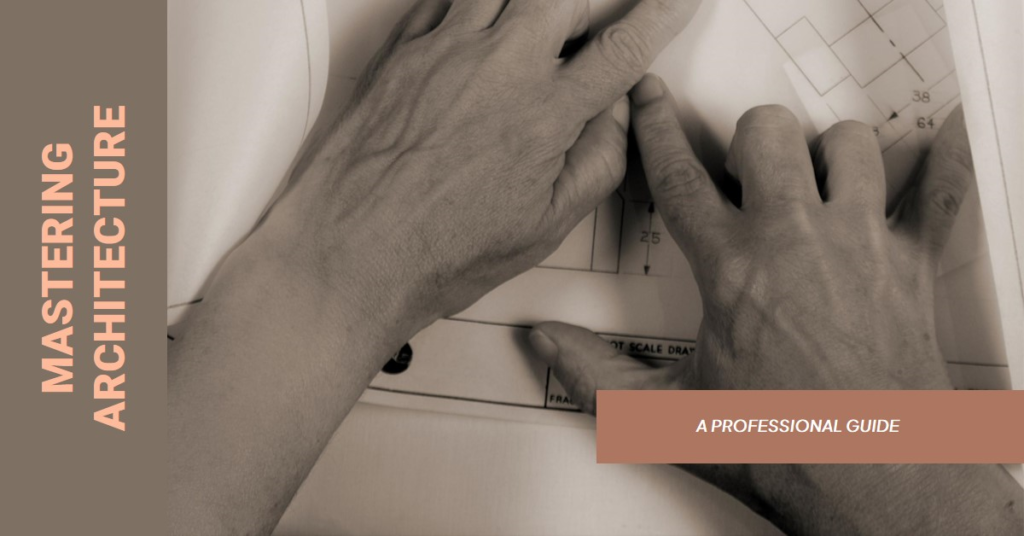
Table of Contents
Introduction: Architecture
In the labyrinth of creativity and precision that is architecture, the journey to excellence is a multifaceted odyssey. From conceptualization to execution, architects must traverse a landscape rife with challenges, innovation, and unwavering dedication. To excel in this dynamic field requires a blend of technical prowess, artistic flair, and relentless determination. Let us delve into the essential elements that pave the way for success in the world of architecture.
Cultivating Creativity
At the heart of architectural brilliance lies creativity—a boundless wellspring from which innovative designs emerge. To excel in architecture, one must cultivate and nurture this innate creativity. Engage in activities that stimulate the imagination, such as sketching, painting, or exploring diverse architectural styles. Embrace experimentation and allow ideas to flow freely, unencumbered by convention or constraint. Remember, the most extraordinary designs often stem from the seeds of unconventional thinking.
Mastering Technical Proficiency
While creativity fuels the imagination, technical proficiency serves as the scaffold upon which architectural visions are realized. Mastery of drafting software, knowledge of building codes, and proficiency in structural engineering are indispensable skills for any aspiring architect. Continuously sharpen your technical acumen through coursework, workshops, and practical experience. Strive for precision in every detail, as even the slightest oversight can have monumental repercussions in the built environment.
Embracing Collaboration
Architecture is a collaborative endeavor, requiring seamless coordination among architects, engineers, contractors, and clients. To excel in this field, one must embrace the art of collaboration. Cultivate effective communication skills, listen attentively to diverse perspectives, and foster an environment of mutual respect and understanding. Recognize that great architecture emerges not from the solitary genius but from the synergy of collective effort.
Honing Design Sensibility
At the intersection of artistry and functionality lies the essence of architectural design. To excel in this realm, one must hone a keen sense of design. Study the works of master architects, analyze spatial relationships, and understand the psychological impact of form and space. Strive for designs that not only captivate the eye but also enhance the human experience, enriching the lives of those who inhabit the spaces you create.
Cultivating Resilience
The path to architectural excellence is fraught with obstacles and setbacks, testing the resilience of even the most seasoned professionals. Cultivate resilience as an indispensable ally on this journey. Embrace failure as a stepping stone to growth, learn from setbacks, and adapt swiftly to unforeseen challenges. Remember, it is not the absence of obstacles but the ability to overcome them that defines true resilience.


Navigating the Regulatory Landscape
In the realm of architecture, navigating the labyrinthine maze of regulations and codes is an essential yet often daunting task. Stay abreast of evolving building codes, zoning ordinances, and environmental regulations. Develop a comprehensive understanding of legal and regulatory frameworks governing architectural practice. By navigating this complex terrain with finesse and foresight, architects can ensure compliance while pushing the boundaries of innovation.
Cultivating Cultural Awareness
Architecture is intrinsically linked to culture, reflecting the values, beliefs, and aspirations of society. To excel in this field, one must cultivate cultural awareness and sensitivity. Study diverse architectural traditions, immerse yourself in different cultural contexts, and seek inspiration from global perspectives. Embrace diversity as a source of enrichment, weaving elements of cultural heritage into your designs with respect and authenticity.
Fostering Environmental Stewardship
In an era marked by environmental challenges, architects bear a profound responsibility to champion sustainability and environmental stewardship. Integrate principles of green design, energy efficiency, and renewable resources into your architectural practice. Embrace innovative technologies and materials that minimize environmental impact while maximizing efficiency and resilience. By fostering environmental stewardship, architects can contribute to a more sustainable and equitable future for generations to come.
Pursuing Lifelong Learning
The journey to architectural excellence is an ongoing quest for knowledge, growth, and self-improvement. Embrace a mindset of lifelong learning, constantly seeking opportunities to expand your horizons and deepen your expertise. Stay curious, attend conferences, pursue advanced certifications, and engage in continuous professional development. Remember, excellence in architecture is not a destination but a journey—a relentless pursuit of innovation, mastery, and creative expression.
Conclusion:
In the ever-evolving landscape of architecture, excellence is not merely a destination but a dynamic journey fueled by creativity, technical proficiency, collaboration, and resilience. By embracing these essential elements and cultivating a spirit of lifelong learning, architects can ascend to new heights of innovation, leaving an indelible mark on the built environment and shaping the world for generations to come.


